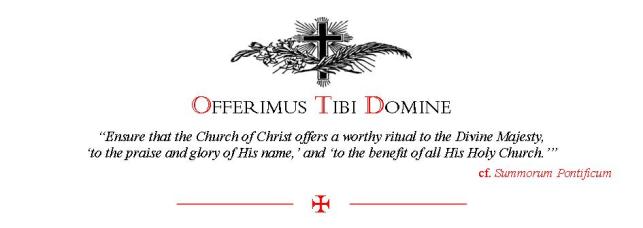I took part in the annual LMS Pilgrimage
to St Winifride's Well on Sunday.
She was the daughter of a wealthy resident of Tegeingl, Flintshire, Wales, and the sister of St. Beuno. She was most impressed by Beuno, beheaded on June 22nd by one Caradog when she refused to submit to his advances, she had her head restored by Beuno, and sometime later, became a nun of the convent of a double monastery at Gwytherin in Denbigshire. She succeeded an Abbess Tenoy, as Abbess and died there fifteen years after her miraculous restoration to life. A spring gushed forth where Winifred's head fell, and is called Holy Well or St. Winifred's Well; becoming a great pilgrimage centre where many cures have been reported over the centuries, including all through the Reformation period.
Is all this merely legend? All we know is that great and unusual works were expected in the early Church, indeed Our Lord had promised they would be the signs associated with believers.
A place of pilgrimage since the time of St Winifride's earthly life, continuously used as a place of worship and attested miracles for all those centuries, even during the time of the Reformation and still a place of prayer and hope today.
What a legend!
Preparing in the sacristy.
Fr James Mawdsley, FSSP, Celebrant
Fr Simon Henry, Deacon
Fr Sean Riley, Subeacon.
Inroibo ad altare Dei.
These splendid vestments are used every year for the pilgrimage Mass.
In reflective mood for a moment.
De rigueur for the biretta to be worn at a jaunty angle this year!
Oremus.
Gradual.
Dominus sit in corde meo et in labiis meis:
ut digne et competenter annuntiem evangelium suum.
The sermon on the purity of St Winifride
and the purity of the Catholic Faith;
always under attack, yet never defeated,
for sacrifice brings God.
And so to the main business.
Offerimus tibi, Domine!
The lovely ritual of the Deacon assisting at the Offertory.
Let my prayer, O Lord, come like incense before You.
Pax tecum.
Corpus Domini nostri Jesu Christi
custodiat animam tuam in vitam aeternam.
The obligatory group photo.
The procession to the Well.
The Relic of St Winifrede.
Arriving at the Well, the relic is venerated.
It was great to see a lot of children taking part;
at the Mass
and then in the procession and coming to venerate the Relic.
My thanks to John Aaron
for kind permission to use his fabulous photographs.



































































